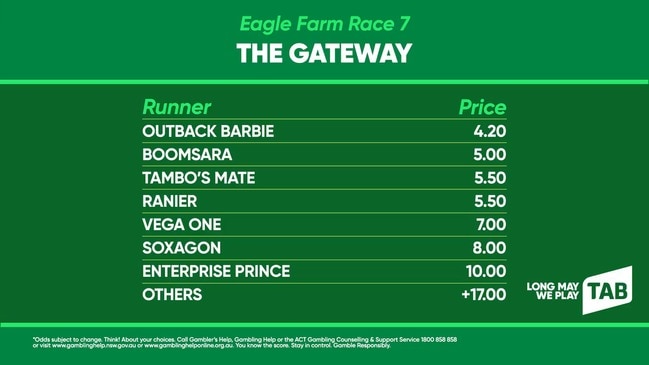Californian racing authorities to trial new whip rules
US authorities have taken the lead in the push to revamp whip rules, a campaign which has the support of the Melbourne Cup’s most successful owner Lloyd Williams.

US authorities have taken the lead in the push to revamp whip rules, a campaign which has the support of the Melbourne Cup’s most successful owner Lloyd Williams.
The California Horse Racing Board will introduce whip rules described as “the most restrictive whip rule in North America and maybe the world”.
The new rule, to be trialled over a 45-day period, limits jockeys to a maximum of six strikes during a race with no more than two consecutive strikes.
Stream over 50 sports Live & On-Demand with KAYO SPORTS on your TV, computer, mobile or tablet. Just $25/month, no lock-in contract. Get your 14-day free trial and start streaming instantly >

Williams, owner of an unmatched six Melbourne Cups, has urged Australian racing authorities to take the lead in banning whip use as racing comes under increasing scrutiny.
The Americans have acted first.
“We’ve gotten to a point where we had to move,” CHRB chairman Gregory Ferraro said. “Somebody has to be first. We’d like to see a national rule. We’d certainly support it. But somebody has to be first. We’re first.”
Jockeys who breach the new rules will be fined up to $1000 for failing to observe the restrictions and could also be suspended for three days.
Riders will also be “limited to an underhanded position no higher than a rider’s shoulder”.
Former jockey and current CHRB chief steward Darren McHargue said: “The proposal that was issued this morning clearly defines how a jockey can use his crop to achieve a maximum placing. From an officiating standpoint and a jockey standpoint, the rule is simple and straightforward.”

Current California whip rules allow a jockey to strike a horse three times before allowing the horse to respond but there is no limit on the total number of whip strikes during a race.
Australian racing allows jockeys to use the whip five times before the 100-metre mark and an unlimited number of times over the final 100m.
Many people, fearful of racing’s weakening grip on its “social licence”, believe the balance needs to tilted away from a 100m “free-for-all.”
Several jockeys and trainers are open to suggestion, while insisting riders must be able to retain whips as a safety tool.
Originally published as Californian racing authorities to trial new whip rules



